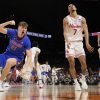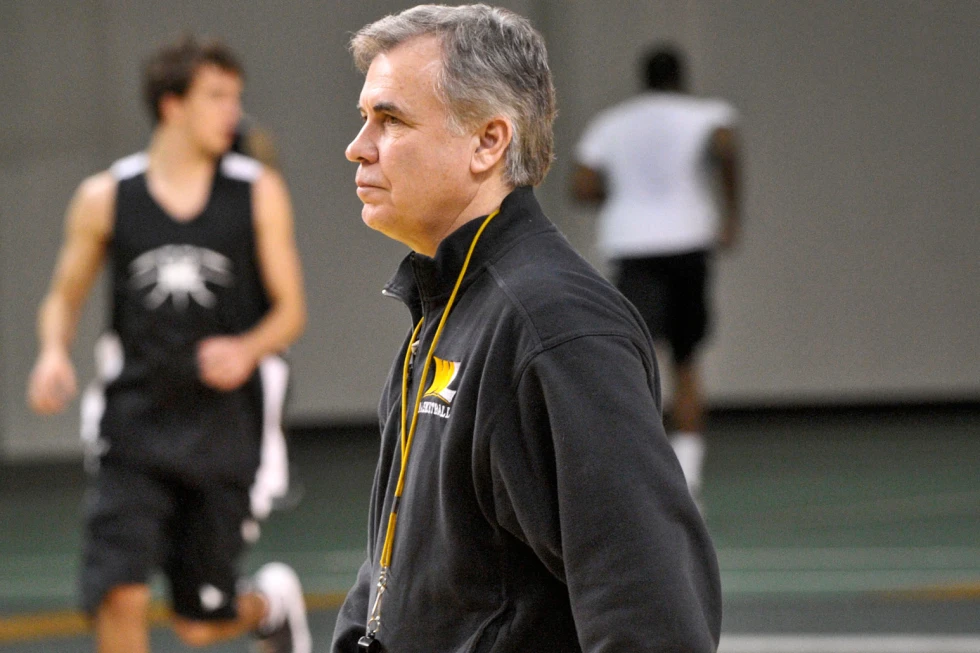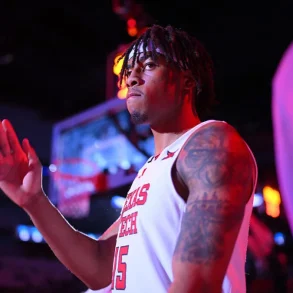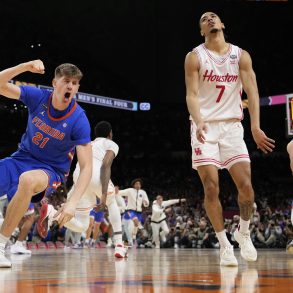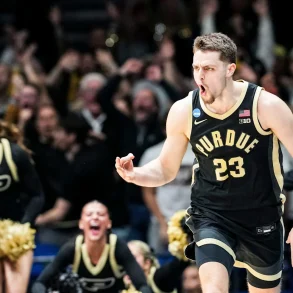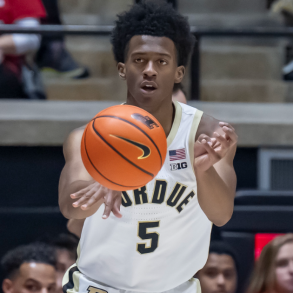The coach with the best winning percentage in college basketball history won’t be near San Antonio when the Final Four takes place next week.
By that time, Jim Crutchfield might be playing pickleball or tennis, a sport that started his long coaching career before he moved into basketball. Now 69, Crutchfield is just two wins away from his second Division II title at Nova Southeastern.
Although he works at a smaller school in South Florida with around 7,000 undergrad students, Crutchfield competes at the same level as big-name coaches like Izzos, Pitinos, and Caliparis, just in a different way. It’s the same game, though: a game involving growing piles of NIL money, promises that don’t always get kept, and players who come and go.
What Crutchfield refuses to change is his focus on teaching, learning, and doing things differently in a field full of copycats, all working in an industry that no one has fully figured out yet.
“We never won a warm-up in tennis,” Crutchfield, a former math teacher, explains about his first big job.
He took a job in the early 1990s at West Liberty University in West Virginia, mainly because no one else wanted it. It gave him a chance to work as an assistant for a struggling basketball team that he would later take over.
“They were the kind of tennis players nobody wanted to play against,” he says about a tennis team that wasn’t good when he started but later went on to win 11 league titles. “They didn’t look good, but they’re hard to beat. When I got over to the basketball team, I thought, ‘We need to have a little of that here, too.’”
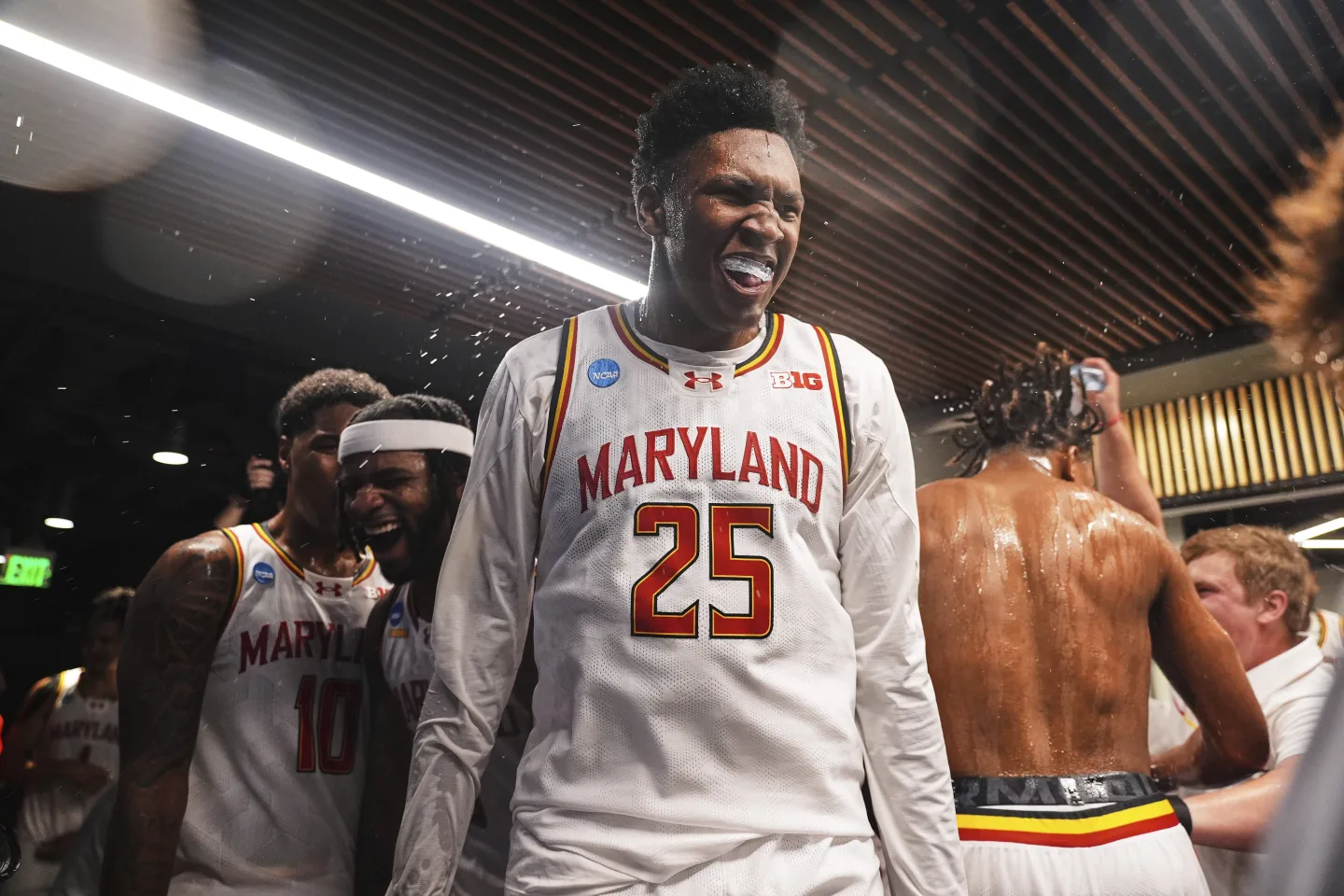
By thinking outside the box, Crutchfield discovered the key to success
Crutchfield is like the classic Frank Sinatra song, “My Way.”
“Everything I like to do is sort of homegrown, even the drills we do,” he says. “But, you know, I didn’t invent the game.”
He did, however, create his version of the full-court press. Not the kind you see on TV, but one that pressures opponents for 40 minutes straight—off missed shots, made shots, inbounds passes, and steals. From all angles. All the time.
Teaching it, emphasizing it, and recruiting players willing to commit to it is what has led to a 561-86 record over 20 seasons as a head coach. That’s an .867 winning percentage, the best among all coaches with 10 or more years of experience in college basketball.
“It’s a small, rural Division II school, and he took full advantage of it,” says Jordan Fee, now an assistant at FAU. Fee played for Crutchfield at West Liberty and also coached with him there and at Nova. “The great thing about him was that he said, ‘We’re going to play this way.’
Other people would say, ‘You can’t do that. You can’t keep up that pressure for 40 minutes.’ And his response is, ‘Why not?’ There’s a certain innocence in that attitude that is really special.”
One of Crutchfield’s signature drills shows just how much his time as a math teacher influences his coaching. He figured out that a player trapping in the backcourt with their back to the baseline can pivot and sprint to halfcourt in 2.5 seconds. From there, it only takes another second to reach the opposite free throw line.
By not slowing down to assess the situation or catch their breath, most players can cover the 75 feet in 3.5 seconds. Crutchfield knows that if they do this, more often than not, there won’t be an easy layup on the other end, even if the offense breaks the press.
On Tuesday night, it took about five minutes for Nova’s first Elite Eight opponent, Assumption, to crack. Nova built an early 10-point lead, stretched it to 25, and cruised to a 102-93 win. Their next game is a semifinal on Thursday against Washburn.
“It’s part of that brainwashing process,” Crutchfield says, half-joking. “I’m just trying to convince the guys that if we’re going to play this game, since we’re all spread out and the basket’s open, we have to do things differently. We have to play harder.”
Fee shares a story about his dad, a veteran high school coach in Pennsylvania, bringing some friends to a coaching clinic where Crutchfield was presenting. Their goal was to find a new drill, method, or idea they could bring back to their own programs.
They spent hours watching “Coach Crutch” with notebooks in hand. At the end of the session, Fee’s dad had only written down about three lines.
“If something’s not working, Coach Crutch is a ‘play harder’ guy,” Fee says. “Everyone is looking for a secret trick, but it’s not really there. They don’t want an answer like this.”
One way to know if it’s working: Fee estimates that 5-10 other Division II programs across the country are using some version of Crutchfield’s approach, from Chaminade in Hawaii to Gannon in Pennsylvania to Coker in South Carolina, Bluefield State in West Virginia, and West Liberty, which lost in the national quarterfinals on Tuesday.
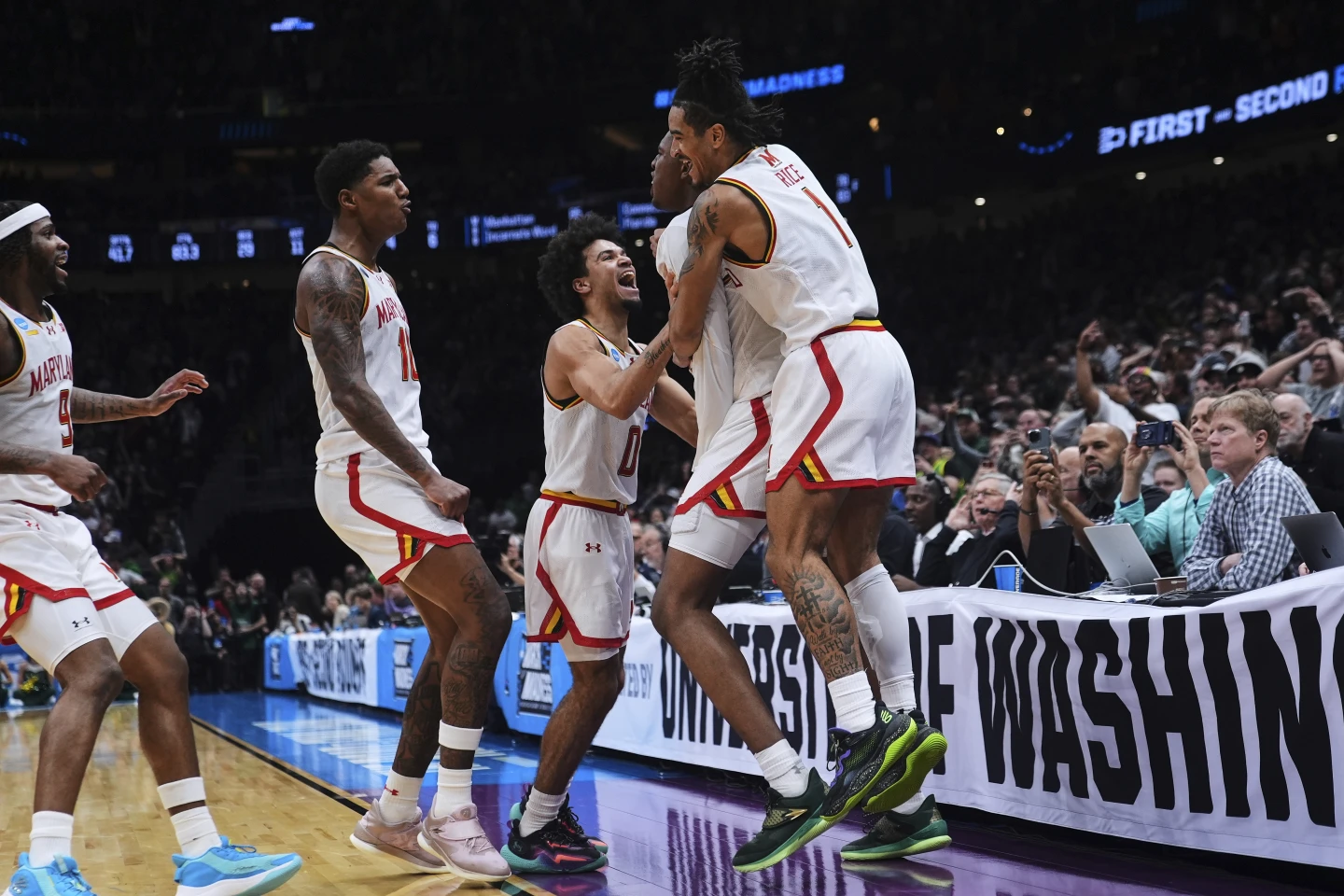
Others try to learn from him
Miami Heat coach Eric Spoelstra is known to drive up I-95 for occasional visits with Crutchfield, looking for advice on how to get 15 different players with different agendas to work together. Former Miami coach Jim Larrañaga was a regular visitor. When Dusty May was coaching at FAU, just a short drive away, he would set up scrimmages against the Sharks.
“I said, ‘If nothing else, we’ll learn what the hardest-playing team in the country looks like,’” May says.
May recalls attending a coaching clinic with Crutchfield, where some of the biggest names in coaching were presenting, like Matt Painter and Billy Donovan.
“I don’t think he knew who 90% of those coaches were,” May says. “I think he knows who Jerry Tarkanian is and Bobby Knight.”
And Rick Pitino.
Though Crutchfield mostly made up his methods on his own, he says something clicked when he saw Pitino’s 1987 Providence team, led by Donovan, make a Cinderella run to the Final Four with a full-court press and the use of the newly introduced 3-point line.
“I have no idea what Pitino had in mind, but the pressure was more random,” Crutchfield says. “There was a lot more running from behind. I thought, I like the randomness of that. People are really uncomfortable when you’re running with them or behind them, as opposed to a 2-2-1 or a diamond-and-1 press. So I thought, if I ever get a chance to coach college basketball, that’s probably the route I’m going to go.”
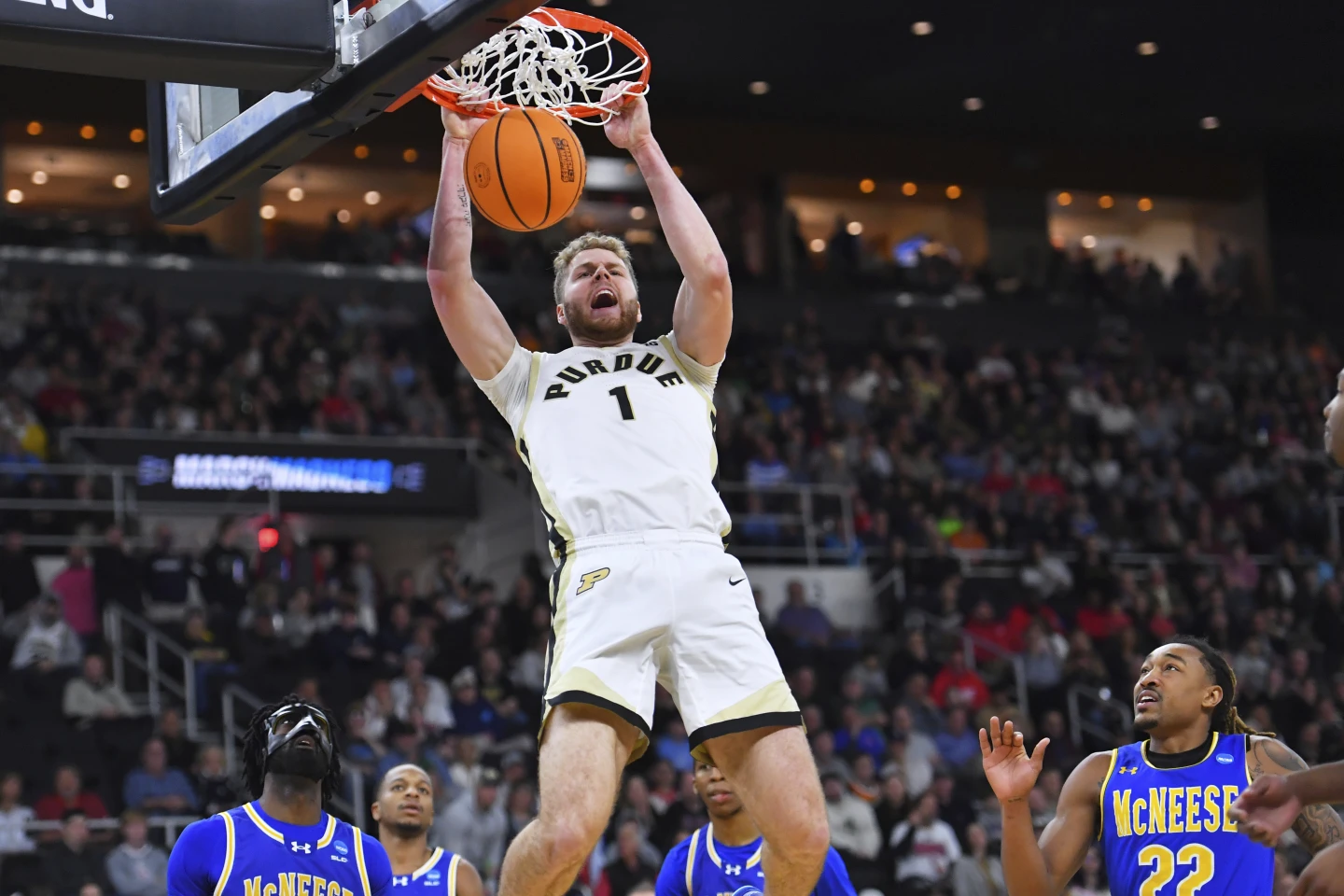
A coach who enjoys building things
In 13 years at West Liberty, Crutchfield took a program that had won just four games the season before he arrived and built a strong record of 359–61 with six trips to the Elite Eight.
A fan of taking on challenging projects, he moved to Nova Southeastern, which had just finished with a six-win season in 2017. By his second year, the Sharks were in the Elite Eight. This week, they are aiming for their third trip to the final and second national title in three years.
That’s impressive for a program that lost four players to bigger programs offering better name, image, and likeness (NIL) deals after the Sharks went undefeated in 2023. In Division II, schools can offer some scholarships and a bit of NIL money, but they can’t match what higher-level schools can offer.
Crutchfield wonders how much longer he’ll be able to keep rebuilding in today’s environment. He’s not ready to stop trying.
“I’m kind of old school,” he said. “I like to develop players into a system. I think that’s the way to win.”

